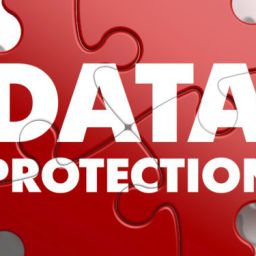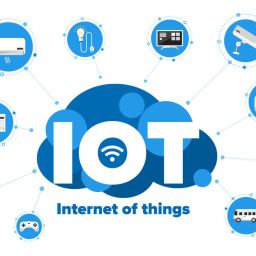
The Internet of Things (IoT) brings unparalleled connectivity and convenience but also introduces security challenges. LeMeniz, a leader in software solutions, is at the forefront of implementing robust security measures for IoT devices. In this exploration, we delve into the best practices employed by LeMeniz to ensure the security and integrity of IoT ecosystems.
1. Encryption Protocols:
LeMeniz prioritizes the use of strong encryption protocols for data transmitted between IoT devices and their connected networks. Implementing protocols like TLS (Transport Layer Security) helps safeguard sensitive information from unauthorized access.
2. Regular Software Updates:
Security vulnerabilities evolve over time. LeMeniz emphasizes the importance of regular software updates for IoT devices. Timely updates patch known vulnerabilities, enhancing the overall security posture of the devices.
3. Secure Boot and Firmware:
LeMeniz ensures that IoT devices have secure boot processes. This feature verifies the integrity of the device’s firmware during startup, preventing the execution of malicious code. Additionally, firmware updates are secured to prevent unauthorized modifications.
4. Authentication Mechanisms:
Robust authentication mechanisms are integral to IoT security. LeMeniz implements secure methods like multi-factor authentication to ensure that only authorized users and devices can access and control IoT devices.
5. Network Segmentation:
LeMeniz recommends the implementation of network segmentation to isolate IoT devices from critical networks. This limits the potential impact of a security breach, preventing unauthorized access to sensitive data or systems.
6. Physical Security Measures:
Physical security is often overlooked but crucial for IoT devices. LeMeniz advocates for implementing physical security measures such as tamper-evident packaging and secure installation locations to prevent unauthorized physical access.
7. Monitoring and Anomaly Detection:
LeMeniz incorporates robust monitoring systems and anomaly detection mechanisms. These tools continuously assess device behavior and network traffic, promptly identifying and mitigating any unusual or suspicious activities.
8. Privacy by Design:
LeMeniz adheres to the principle of privacy by design. This involves considering data privacy and protection measures from the initial stages of IoT device development. Minimizing the collection of unnecessary data and ensuring transparent data handling practices are key aspects.
9. Vendor Risk Management:
IoT ecosystems often involve multiple vendors. LeMeniz practices thorough vendor risk management, ensuring that third-party components and services integrated into IoT solutions adhere to the same security standards.
10. User Education and Awareness:
LeMeniz recognizes the human element in security. Educating users about the potential risks, safe usage practices, and the importance of updating passwords contributes significantly to overall IoT security.
Conclusion:
LeMeniz’s approach to securing IoT devices is comprehensive, addressing technical, procedural, and human-centric aspects. By implementing encryption, regular updates, secure boot processes, and a host of other measures, LeMeniz ensures that IoT ecosystems remain resilient against evolving cybersecurity threats. As the IoT landscape continues to expand, LeMeniz remains dedicated to pioneering security solutions that safeguard the interconnected future.
















